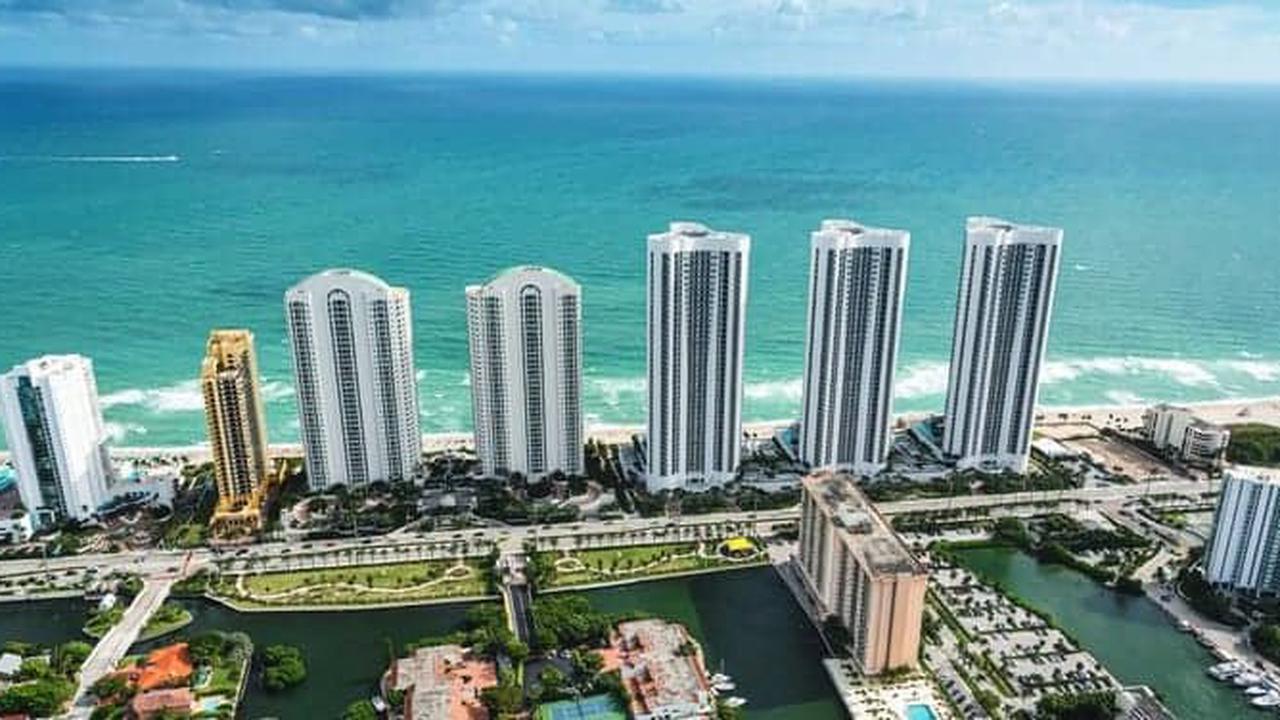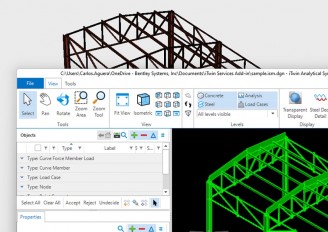Engineers developing the framework of a three-level system of inspection

After the devastating collapse of the Surfside condo which cost the life of at least 100 people in Miami, the necessity for the engineers to prevent such incidents is more urgent than ever. Because of the fact that there are many decisions that must be taken, a group of four major engineering associations in Florida are coming to consensus on structural engineering recommendations. The recommendations are designed to keep another tragic building collapse, like the one in Surfside, from happening again.
The main target of the four engineering associations group is to recommend which inspections are required, at certain size or threshold of buildings, which are built at seaside and inland with no exceptions.
The association might propose a two or three level system of inspection. The first level is a simple visual inspection, looking for readily apparent problems such as those that could be found with balconies or columns. If problems are observed, the inspections would advance to a second level or even possibly a third level, which could involve what Allen Douglas, the Executive Director of the Florida Engineering Society and American Council of Engineering Companies of Florida, calls “Destructive Inspection.” A destructive inspection includes drilling holes, testing rebar, and tearing things apart to determine the seriousness of an apparent problem. Douglas said the members of the groups are meeting twice a week and are taking their time to get their recommendations right but he expects they will have those recommendations ready in time to present to the Florida Legislature’s leadership prior to the start of meetings in September.
The group is still determining the appropriate timeframe for the recommended inspections. Miami-Dade County currently has a 40-year recertification program for multiple story buildings. But even with this plan, the unthinkable happened — a beachside high-rise condo collapsed, killing over 100 people in the middle of the night. Many counties have little to no inspection of these buildings. Douglas said the new recommended inspections could be required as often as every seven years or possibly over a longer period.
It is the intention of frequent inspections to catch problems early enough to avoid the major repair costs that come after a problem has sat for years and years.
Sources: thecapitolist.com, dailyadvent.com
Want to read more like this story?

Surfside beach, South Carolina: A three-storey building closed for structural problems after inspection
Jul, 10, 2024 | NewsA complex of apartments at Surfside beach was deemed unsafe after inspection and closed due to stru...

Surfside collapse: Florida fails to pass condo safety measures
Mar, 12, 2022 | NewsIn the nine months since 98 people died in the collapse of a Surfside, Florida, condominium, state...

Miami: 12-storey building collapses, dozens under the debris
Jun, 28, 2021 | NewsA 12-storey residential building north of Miami has collapsed, trapping people under a pile of rubb...

Bridge inspection using drone technology by NCDOT
Feb, 26, 2021 | NewsSetting one more example of the expanding use of drone technology for infrastructure monitoring, th...

German Researchers Test Flying Inspection Robot
Jul, 18, 2014 | NewsResearchers from the Fraunhofer Institute for Non-Destructive Testing IZFP in Saarbrucken, Germany h...

27 Dead in Two India Building Collapses
Jul, 01, 2014 | NewsTwo deadly building collapses occurred in India this past weekend claiming the lives of 27 people. T...

Urgent evacuation for Miami Towers residents
Aug, 13, 2021 | NewsThe residents of Miami Towers which is located at Oklahoma are forced to evacuate the building with...

Several old Sacramento buildings in need of repair
Oct, 26, 2016 | NewsAccording to CBS Sacramento, a historical building in Old Sacramento, U.S.A. showed structural probl...

Lessons from building collapse in Wangcheng district, Changsha city (April 2022)
Jan, 12, 2024 | NewsA building collapsed in Wangcheng district, Changsha city, Hunan province, in April 2022, resulting...
Trending

Spectacular interchanges around the world

New Release - STAAD.Pro 2024 - 2

ADINA 2025 for Structural WorkSuite

ADINA 2025 New Release!

Concrete Buildings as Rechargeable Batteries

Powerful earthquake shakes central Philippines, dozens killed


